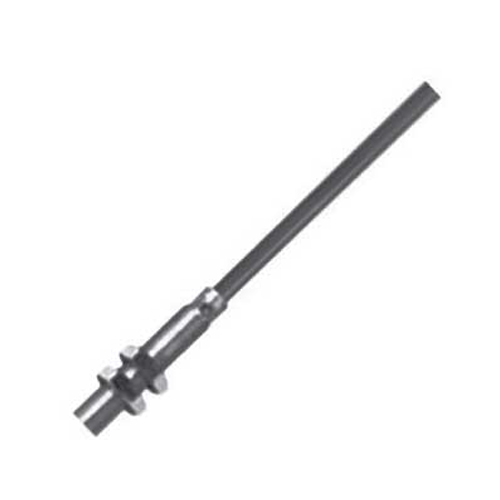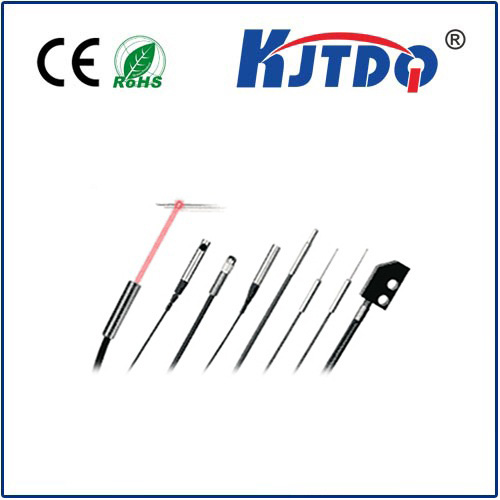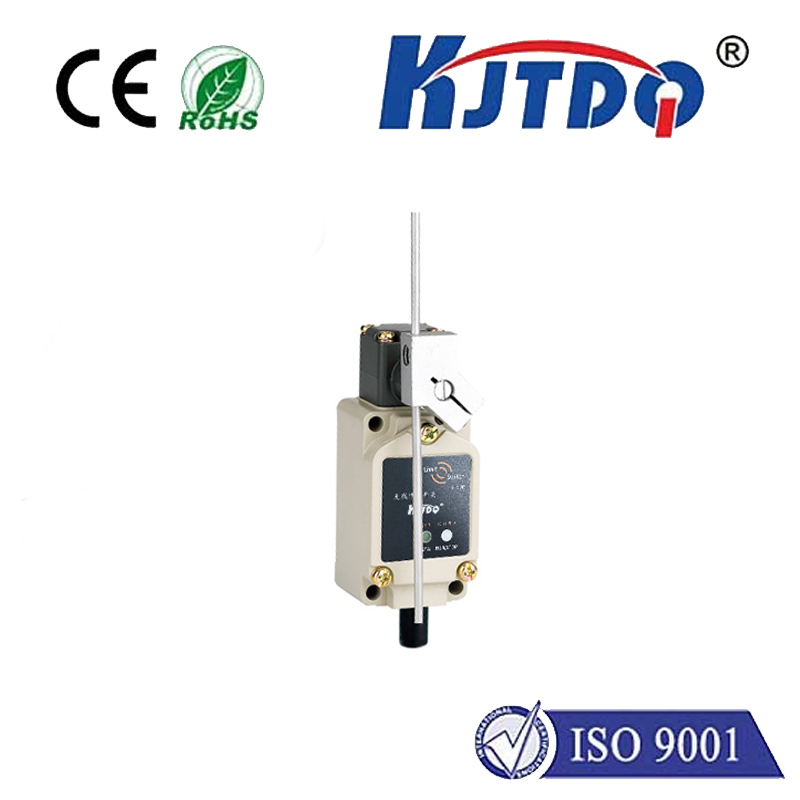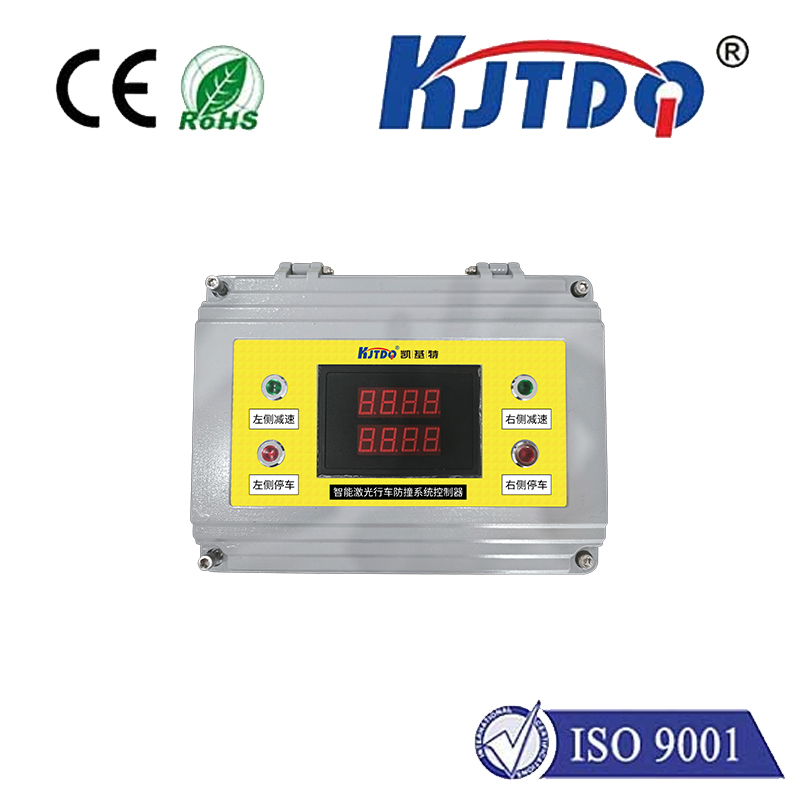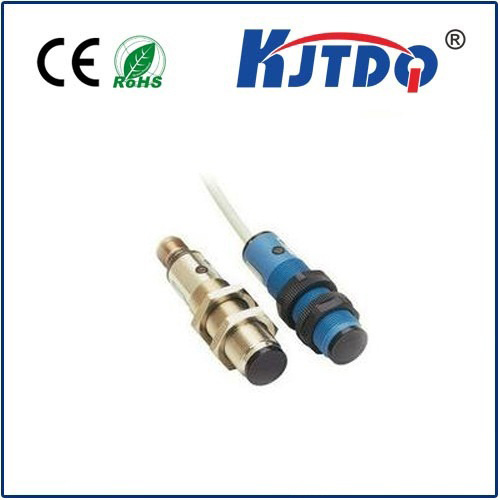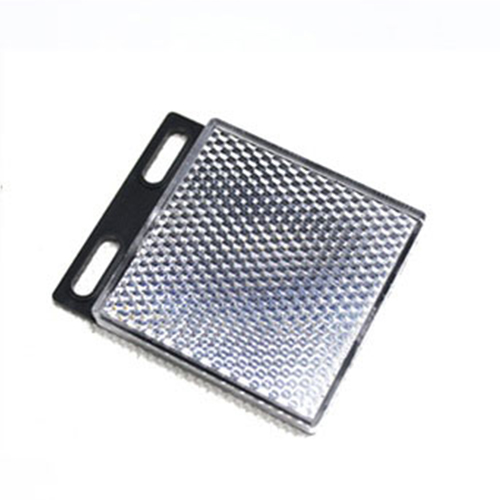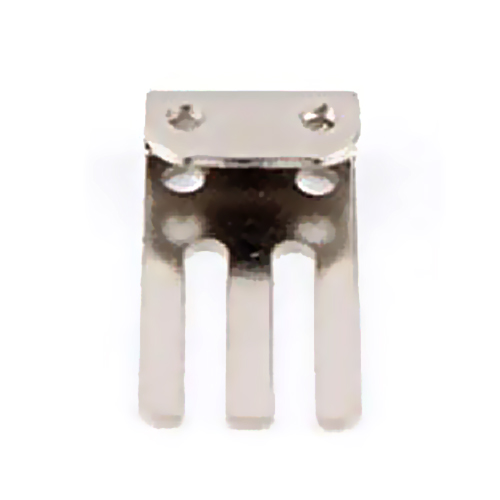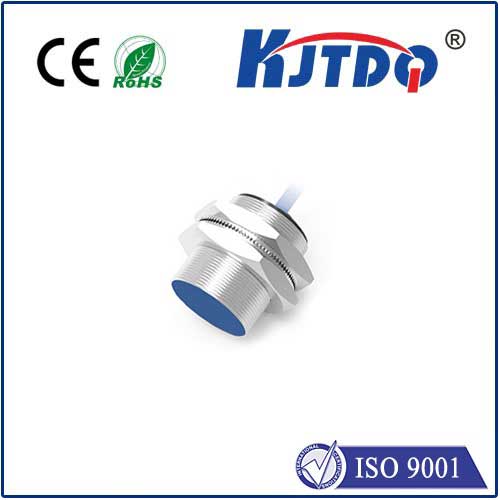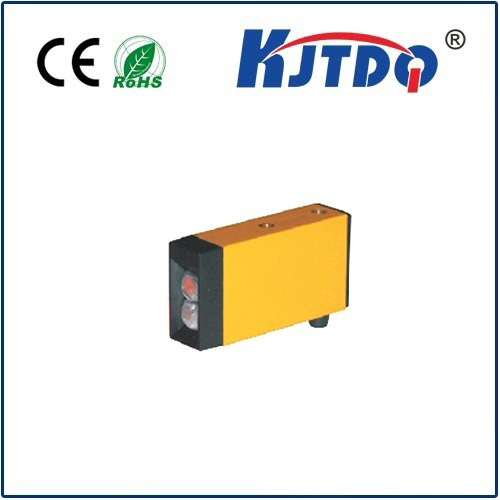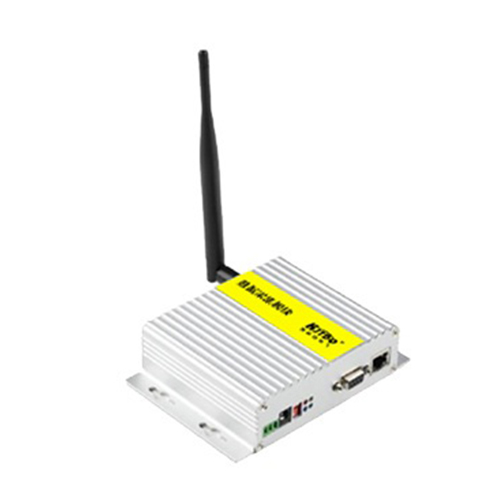In the complex world of industrial processes, chemical handling, and bulk storage, knowing exactly where the liquid ends is far more than just convenience – it’s critical for safety, efficiency, and product integrity. Traditional methods like float switches or capacitance probes have served their purpose, but they often involve compromises: contact with the liquid, susceptibility to coating, or limitations in precision. Enter the sophisticated world of Laser Liquid Level Sensors. Offering a non-contact, high-precision solution, these sensors are revolutionizing how industries monitor and manage their liquid assets. But how exactly do they work, and where do they shine brightest?
The Beam That Measures: Core Working Principle
At its heart, a лазерный датчик уровня жидкости is an elegant application of physics. It operates primarily on the Time-of-Flight (ToF) principle. Here’s a simplified breakdown:
Δt) between the emission and reception of the laser pulse.c), the distance (d) to the liquid surface is calculated using the formula: d = (c * Δt) / 2. Dividing by two accounts for the round-trip journey of the laser light.d). This data is output as a continuous analog signal (e.g., 4-20 mA) or a digital value via common industrial protocols.Why Choose Laser? Compelling Advantages
The laser measurement approach delivers a suite of significant benefits that address common pain points in level monitoring:
Non-Contact Operation: This is arguably the most significant advantage. Laser level sensors never touch the liquid. This eliminates concerns about:
Contamination: Crucial for sanitary applications in food & beverage or pharmaceuticals. The liquid remains pristine.

Corrosion/Erosion: Harsh chemicals, abrasive slurries, or high-velocity liquids pose no threat to the sensing element itself, significantly extending sensor life and reducing maintenance in challenging industrial environments.
Mechanical Wear: No moving parts subject to mechanical failure or fouling by viscous media.
Exceptional Accuracy and Precision: Laser sensors provide remarkably high-resolution measurements, often down to millimeter accuracy. This precision is invaluable for custody transfer, critical process control, and ensuring consistent batch quality where small variations matter.
Focus and Clarity: The highly collimated (parallel) laser beam allows for precise targeting. This enables measurement in areas with internal obstructions (e.g., agitators, heating coils, baffles) or narrow openings that would block ultrasonic waves or hinder guided wave radar. It also minimizes issues with false echoes from tank walls or structures. The laser dot provides a clear visual indicator of the exact measurement point, simplifying alignment and verification.
Minimal Sensitivity to Environmental Factors: Unlike ultrasonic sensors affected by temperature gradients or dust, or radar sensors potentially challenged by heavy foam, laser level sensors generally perform well in:
Variable vapor pressures
Temperature fluctuations
Applications with slight dust or mist (though heavy condensation or dense smoke can impede the beam)
Suitability for Various Liquids: They effectively measure clear liquids, turbid liquids, and many opaque liquids, provided the surface provides sufficient diffuse reflection back to the sensor receiver. The non-contact technology is ideal for aggressive chemicals, solvents, and cryogenic liquids where material compatibility is a major concern.
Where Laser Level Sensors Excel: Key Applications
The unique strengths of laser liquid level measurement make them ideal for demanding scenarios:
Selecting and Implementing: Considerations for Success
While powerful, laser liquid level sensors aren’t a universal panacea. Careful consideration ensures optimal performance:
Installation and Alignment
Proper installation is key. Follow the manufacturer’s guidelines diligently. Most sensors feature alignment aids like the visible laser dot or integrated sighting scopes. Ensure:
